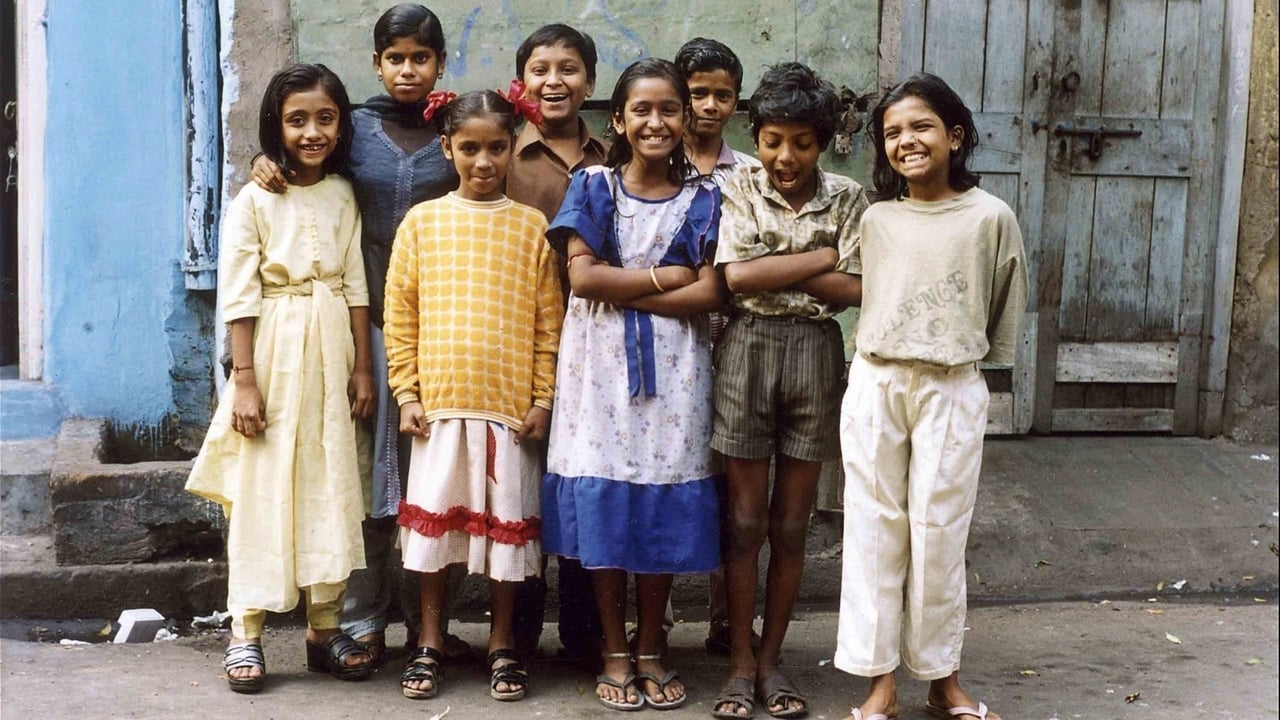

Fantastic!
... View MoreBrilliant and touching
... View MoreIt's hard to see any effort in the film. There's no comedy to speak of, no real drama and, worst of all.
... View MoreI enjoyed watching this film and would recommend other to give it a try , (as I am) but this movie, although enjoyable to watch due to the better than average acting fails to add anything new to its storyline that is all too familiar to these types of movies.
... View MoreI was always curious to see the documentary film that beat Super Size Me during Awards Season, I read more about this Indian-American film, and it did sound like something that could be either fascinating or uncomfortable and shocking viewing, either way I was interested to watch it. Basically it is about the children of prostitutes in Sonagachi, India's largest red light district, in Kolkata, aka Calcutta, the capital of West Bengal. Documentary photographer Zana Briski went to Calcutta to photograph the prostitutes, while there she befriended the children and offered to teach them photography. The children were given cameras, so they could learn photography and perhaps improve their lives, their photographs depicted the harsh daily lives for children in the red light district. The children's work was exhibited, with one boy sent to a photography conference in Amsterdam, and Briski also recorded their efforts to get into boarding schools. However, many did not stay in the schools they were placed in, for various reasons, with the exceptions of Avijit and Kochi, who went on with their education, and were graded well. It is obviously poignant, to see an underworld life in a child's eyes, especially for ones born into brothels, and especially their photographs depicting the streets and people around them. To be honest, I found the elderly woman using highly offensive language towards the children, to do their chores, more disturbing, the children are vibrant characters, they may be living in difficult situations, but they embark on transformational journeys, overall it is an interesting documentary. It won the Oscar for Best Documentary Feature. Good!
... View MoreI felt shudders after watching this documentary. I belong to Kolkata (Calcutta), and all Kolkatans know this place exists. We have accepted this devil's den in the center of the city and do nothing about it whatsoever as we feel it is not our job. I never gave it a thought until now that there could be children out there being dragged into this racket. I am moved and stirred. The little children are so naive, so pure , so innocent that it makes my heart wrench. The harsh reality is it takes a lot of courage and endurance to move out of the influence of this sucking hole. Some struggle it out and flourish while others are lost in oblivion.
... View MoreRather than writing my own review, I would like to direct IMDb users to the article "A missionary enterprise", written by Praveen Swami and published in FRONTLINE, a magazine by the Indian newspaper THE HINDU. Since IMDb doesn't permit the posting of URLs, you will need to search for the article yourself to access it. Not only calls Swami the "facts" of Zana Briski's film into question, the author particularly highlights how the documentary demeans the sex workers of Sonagachi. Having visited Sonagachi myself and witnessed the services provided by current and former sex workers for other sex workers in Sonagachi, I, too, call into question the narrative by Zana Briski. You got to ask yourself why she would go to Sonagachi to make a film but would leave out the work that the Durbar Mahila Samanwaya Committee(DMSC) has been doing there over the last decades. Walking through Sonagachi you will pass by clinics, offices and signs of the DMSC. If you want to highlight the problems in communities other than your own, you should listen to as many voices as possible to understand the situation there as good as possible. Briski clearly decided to omit one of the key actors in her film, and to award her an Academy Award for that is nothing short of ludicrous.
... View MoreBorn Into Brothels (2004) *** (out of 4) Oscar-winning documentary from director Zana Briski had her traveling to Calcutta's red-light district to film the rampant drug and prostitution going on there but instead got involved with some of the children who were born in that area and know very little of the outside world. With her camera Briski was able to get a first-hand look at the events in this district but she also uses it to teach the children a trade. BORN INTO BROTHELS is a pretty eye-opening film as one always has an image in their mind when they hear of places like Calcutta but actually seeing it makes you realize that those images you hard aren't nearly as bad as the truth. There are some pretty striking images that in any place with child welfare boards simply wouldn't happen. Seeing some of the mother use certain words aimed at their kids was just shocking and the living conditions aren't any better. Seeing young kids being forced into prostitution by the age of eleven is certainly the big thing and we even see one deadbeat father smoking hash right by his kid. Watching these events really make you realize that there's really not too much hope for the majority of the people there and especially when this stuff is just considered the norm. Director Briski does a good job at telling the story and she manages to make you feel for these kids and want to see them get out of the dump.
... View More